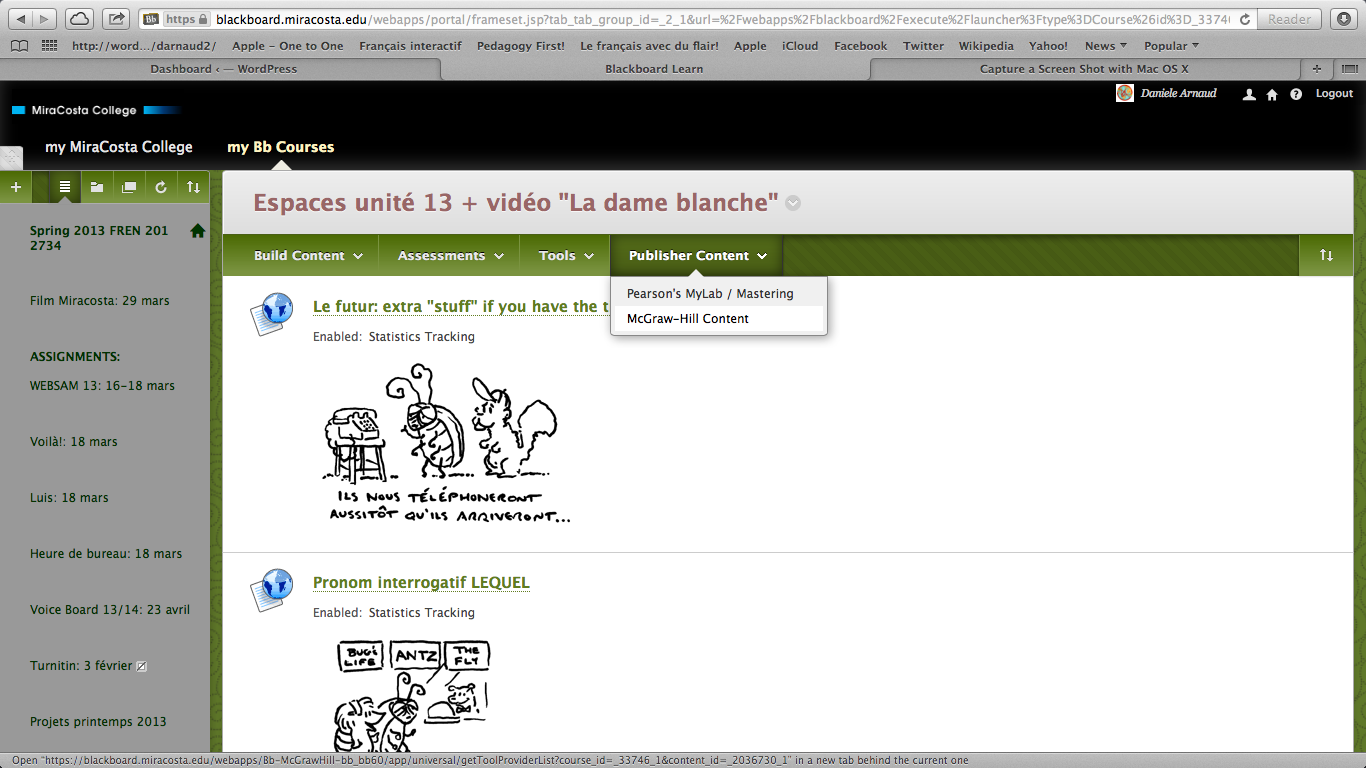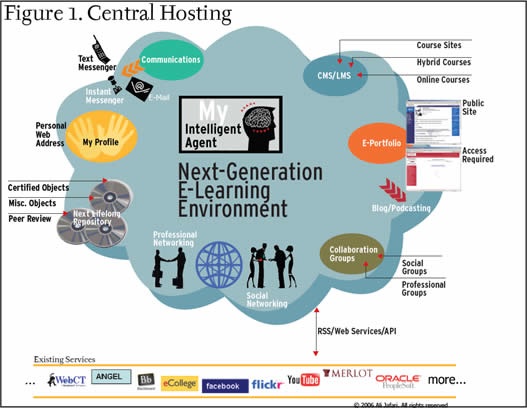→Ko & Rossen, Chapter 11: Classroom Management and Facilitation ↓
There is a section I am familiar with for a past onsite class in reference to “The division of labor model” in chapter 11: One teacher split the Summer class with me and I took the other remaining weeks. Overall, it just did not work out very well because some parts of the textbook were not covered by the other teacher + the pace and the method were each very different compared to my way of teaching. Also the grading system did not match mine and other details. I do admit that we were not very well prepared besides agreeing on splitting the amount of work and I eventually had to do some catching up with the students so we could keep up with the Summer program. Good lesson for the future: be well prepared before taking on the “adventure” of teaching to avoid any drama and personality conflict.
Chapter 12: the section on “The belligerent student on the attack” sounds familiar too when I had a similar problem with an onsite class. It ended well thanks to the intervention from the disciplinary person on campus who greatly helped me in controlling the student. After being insulted (words and inappropriate gesture), I received the apologies from the student but that student never came back to class.

→Lisa M Lane, Insidious Pedagogy:
Lisa said: “This is because most college instructors do not work or play much on the Web, and thus utilize Web–based systems primarily at their basic level.: That’s true, most instructors know the very basics of a few Web tools to use for their classes. It takes more work to know about the entire technology of how software programs work and I am not sure if most instructors would be willing to find the time or even the interest to know the in-and-out of the Web. Blackboard, for instance, is catered for instructors at large and it does not take too “much brain” (I am not trying to be mean here as I am also among the instructors, who sometimes need help in case of problems) to figure out how it works and when problems arise, you can always talk to the Blackboard specialist on campus to help you out. The default Blackboard buttons, mentioned by Lisa Lane, are certainly very easy to use and you can always rename them to your preference.
Blackboard is technology at the “minor level” as I call it: it takes a few workshop or even just one to figure out how it works.
→Jennifer Demski, Rebuilding the LMS for the 21st Century:
After reading the entire article, I thought that this last sentence was very revealing of our present world: “A phrase we use a lot on our campus is that we feel it is our responsibility to train our students for the world they’re going to inherit, not the world they live in now, and certainly not the world we grew up in.” All this to say since it is an open conclusion is that as instructors, we have to stay very up to date with the new technology even more so when one teaches an online class. The key is to find the essential elements within that technology to stay interactive so we just don’t rely only on high tech tools to teach a distance learning class. The right balance is therefore to know about the students:
1) Who they are, their needs, their personality.
And
2) Making the Web tools available to them.
And
3) Making the personal contact a real opportunity through live chats, FaceTime, Live collaboration, voice e-mails, etc.
I also think (and mentioned in this article from J. Demski) that Google Apps is a very good tool for education purposes. After looking at the Google site, I see these apps with more “open doors” to interact with students than Blackboard, for instance. Many more options to make it so interactive. Better format. Nice layout. If Blackboard was not the required the CMS tool on campus, I think I would choose Google apps to teach.
→ Joyce Seitzinger’s Moodle Tool Guide, an example of an LMS critique based on pedagogical goals:
I like the chart. Perhaps, a bit overwhelming to my taste but certainly (if studied in details) a good way to make a decision as to use Moodle or not according to your teaching goals. A lot of details won’t hurt. Not enough details, will so I give a good grade to that chart!
Views on using a CMS/LMS
→ CMS with Blackboard↓
I was looking at quite a few different sites supporting CMS and LMS on the Web and I now start to understand the difference between the two because at first, I had no idea what these two terms meant. After browsing around the Web, I see (I think) that LMS and CMS do not replace each other because of the types of activities that they each feature.
One site I briefly looked at said the following: “It is necessary to understand that education is gaining long term knowledge while training is gaining knowledge for immediate application. CMS supports long term classroom sessions, while an LMS supports a number of short training events.”
I also now know that Blackboard I use everyday is all about CMS because CMS allows me to create a course website, where my documents are uploaded in formats such as Word, Power Point, Prezi, etc. without having to convert them into HTML coding. And Blackboard does not require very specialized skills: it is easy to use by instructors.
Example of an excerpt from my Blackboard ↓

I never used Blackboard for an online class so far but knowing that it features a reliable discussion board, I can see the advantage of distance learning having this option. You post your course that leads students to several learning activities, so as the instructor, you are able to supervise any discussions through the discussion board.
→ CMS / LMS ↓

CMS but also LMS with the popular Moodle, which seems to be the best for educators. Although, some might not say so. I have not used Moodle. On my shopping list also besides Google apps.
I also look at a Moodle French class via Slideshare. It looks interesting and complete:
→
I was also looking at other LMS sites and there are quite a few on the market. Moodle is not the only LMS available, of course:
Docebo / eFront Dokeos / Claroline ATutor / ILIAS / OLAT / Sakai LRN / openelms / Ganesha in French.
My little conclusion:
After all the reading and the web browsing, there are several LMS sites I have not explored yet but Moodle and Google apps are the attractive ones to me so far.

Ah! I am glad I can be of some help! One day, I will have to crate a class on Moodle too….
Hello! Thank you for sharing the Moodle French class via Slideshare! I have used Blackboard, but never have used Moodle, so I am always interested in learning more. Your Slideshare helped me! 🙂